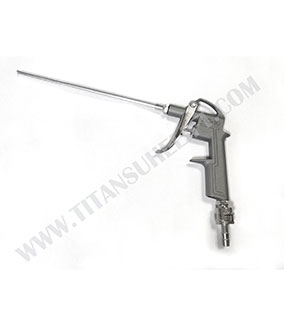How to choose chain rigging?
The chain rigging should be accurately selected to fit the type, length, fastening method of the carried goods, and prevent slippage. Wrong selection may cause chain fracture to occur.
The lifting chain rigging is not suitable for carrying objects with flat or smooth surfaces or environments with temperatures outside the range of -40℃ to +400℃ (the rated load will decrease if it exceeds +200℃).
The lifting chain must not lift objects that exceed its rated load.
Before the first use of the chains and rigging, its working load mark and size must be checked. Chain rigging with defects or missing marks should not be used.
High-strength chain rigging (Grade 80) has a red octagon plaque. The super-strength chain rigging (Grade 100) has a special plaque.
The data on the plaque is as follows
Rated load: The single-leg lifting chain rigging is a straight tensile rated load. The rated load of multi-leg lifting chain rigging has two situations: lifting angle β00-450 and 450-600, with a unit of t;
Chain diameter;
Production date;
Manufacturer;
CE mark.
Each type of chain sling rigging has a manufacturer's qualification certificate.
Precautions for lifting with chain rigging
Develop good lifting habits and plan how to hang, lift, and unload before lifting.
Preparation: Determine the weight and center of gravity of the lifted object, carefully read the accompanying documents, and mark the lifting point and weight data. Only when the center of gravity is determined can the hook be hung in the appropriate position.
The crane operator should be informed of the weight of the lifted object.
The rigging chain hooks should be vertically suspended above the center of gravity of the lifted object.
When lifting, it is necessary to avoid damaging the lifting object and also to prevent damage to the rigging itself. To avoid rotation or falling, the following conditions should be followed:
a) For single-leg rigging, the lifting point should be vertically located directly above the center of gravity of the lifting object.
b) For double-leg rigging, the hanging point should be on both sides of the lifting object, and the lifting point should be above the center of gravity.
c) For three-leg and four-leg rigging, the hanging points should be evenly placed horizontally on the center of gravity of the lifting object and above it.
The lifting angle β (located between the vertical line and the lifting leg) must be noted: the larger the lifting angle, the smaller the lifting capacity. Lifting angles exceeding 60 degrees are absolutely not allowed.
If a three-leg or four-leg chain rigging is used to lift an unevenly distributed lifting object, the rated load of each leg should be calculated based on the two legs with the maximum lifting angle. When the two legs of the double-leg rigging have different tilts, only one chain should be used to lift the entire lifting object to calculate the rated load of each leg.







































